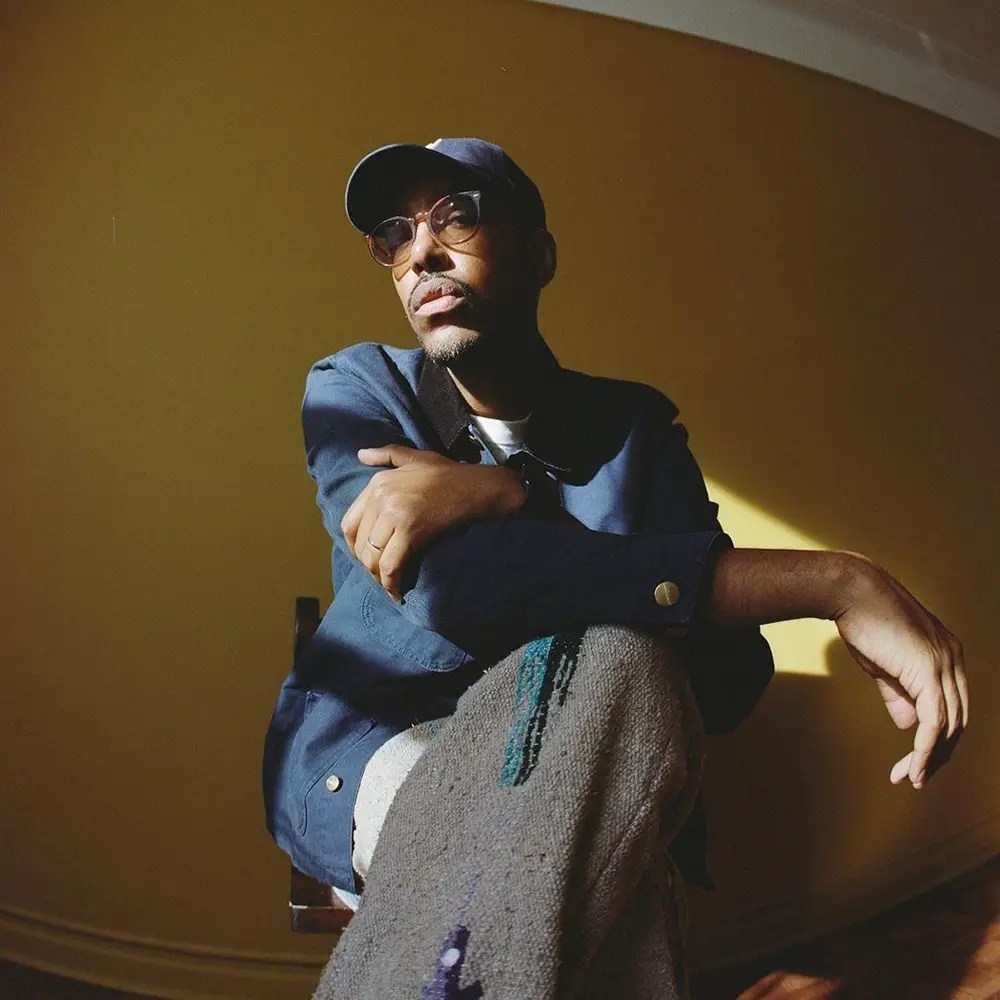Image via Jasmijn van Buytene for Oddisee
By the time the pandemic shut down the world in March of 2020, DMV rapper Oddisee had already been voluntarily quarantining himself from his career for three years. After releasing The Odd Tape in 2016 and the Mello Music classic The Iceberg in 2017, he was entirely wiped out. Years of releasing two albums a year, touring for months on end, and rinsing, washing, repeating over and over again had burnt him out. The birth of his daughter gave him a chance to tap out for a bit and realign his focus. When he decided he was ready to finish hibernating, the world had become a shockingly different place. His brilliant new album, To What End, is the result of emerging from this period, of undersold tours that rejuvenated his love of rap and his crisis of confidence that stood between the album and the world.
“The longer I took, the more I started to second guess my abilities,” Oddisee explains. “And then it compounded and it became even more and more difficult to release music.” To combat this fear, he surprise dropped the Odd Cure EP in 2020, a metaphorical dipping of the toe back in the water. It was a call back to projects from the mid-2010s (around the same time as The Odd Tape and The Iceberg) 2015’s The Good Fight and the unimpeachable Alwasta that came the year after. It was a breath of fresh air that continued the artist’s diaristic, sample-heavy rap music, but putting it in the context of those projects makes it all the more clear just how hard Oddisee was pushing himself before he took a step back.
The DC born rapper and producer began circulating mixtapes in his area in the mid-2000s, gaining enough of a following to ink a deal with acclaimed indie label Mello Music Group in 2010. Early projects from that era–mixtapes like Odd Spring and Rock Creek Park–earned him looks in local news outlets and blogs across the country. Oddisee certainly benefited from Mello Music’s built-in cadre of fans, but over the course of his first decade on the mic, he continued to foster an independent fan base; People Hear What They See, from 2012, even earned some modest chart success. By the mid-2010s, Oddisee had built a loyal following of ticket buyers, vinyl connoisseurs, and digital purchasers; in an industry thankless to many, Oddisee was thriving. It came at a cost. He was burnt all the way out.
The refresher was necessary, though longer lasting than he would have liked. That is perhaps why on To What End, he sounds more excited than ever. There’s an energy that courses through the project like a vein, even when Odd is exasperated, sad, angry, mad, or confused. The ethos that propelled Oddisee back to his confident self was a reminder of his fanbase, a devoted group of constituents that knew his discography front and back. “I found a solace and a comfort in knowing I like what I’m making, people like what I’m making, I’m going to make a living off of this, and we’re going to keep doing this,” he says.
To What End asks how far we’re willing to go to chase our dreams, and he reckons with what life might have been like if he didn’t take a step back to recontextualize how his career fit into his life. On the go-go inspired “Try Again,” he raps, “My intention and my callous never been in balance/ It’s a challenge when your talent comes equipped with damage.” It’s unclear to me whether the MC is rapping ‘callous’ or ‘callus,’ but the point hits either way. Oddisee has finally found a way to put out music while mitigating the pain that comes from that very same hustle. – Will Schube

